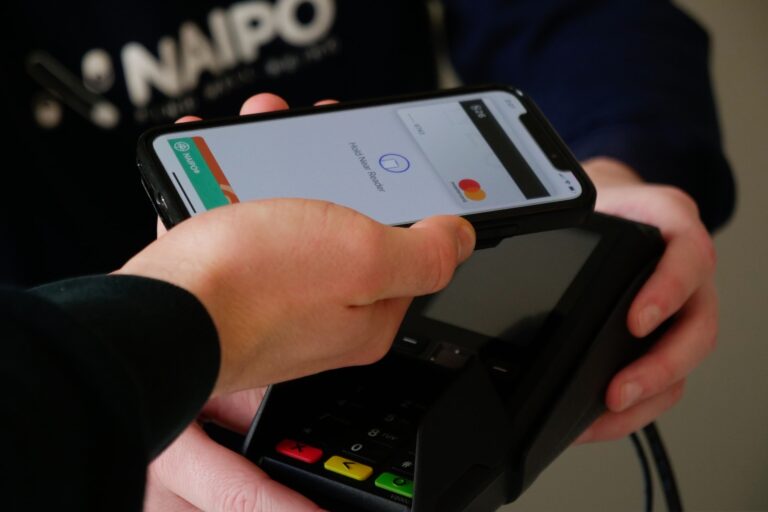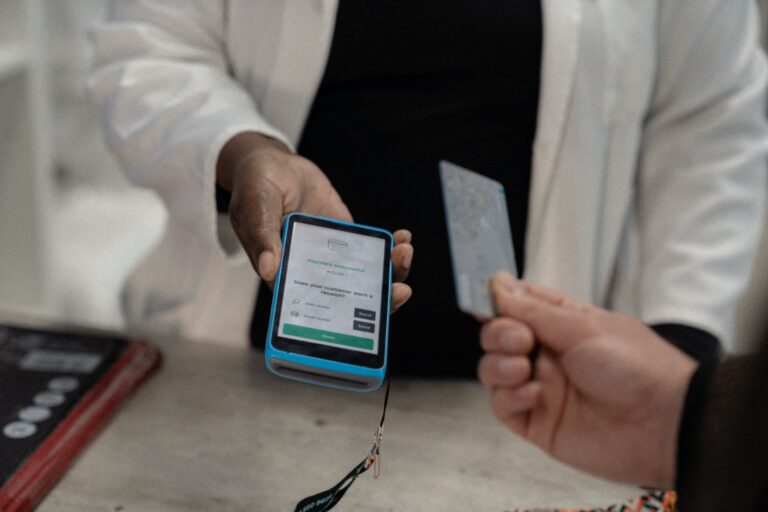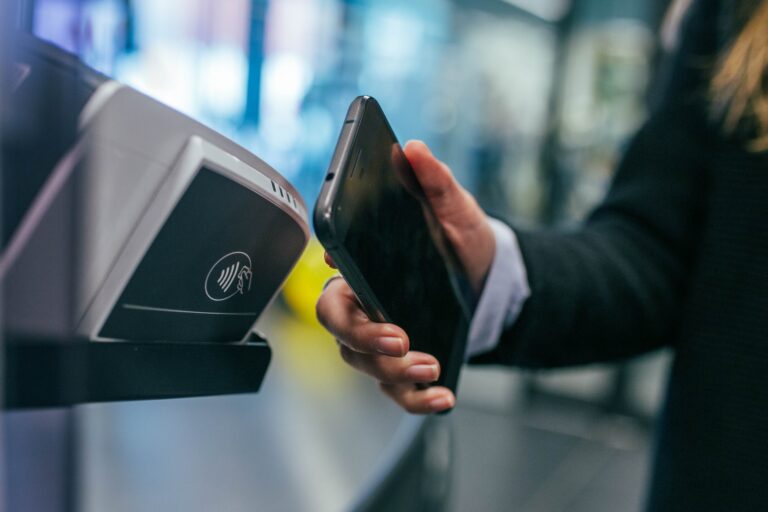The way guests interact with hotels and hospitality is changing, and fast. Between August 2019 and 2021, bookings direct with hotels increased 53%, showing that customers still want to do business and they want to do it directly.
An embedded payment system harnesses this industry trend for your booking engine and property management system (PMS).
Your hotel partners’ guests want a seamless experience, from picking their destination all the way through to paying. Keep them on your hotel’s website, with your Booking Engine front and center, and you’ll see fewer abandoned carts and an increase in bookings and revenue.
What are embedded payments?
Embedded payments mean that your hotel partner’s website has the ability to take debit and credit card payments on your platform with no redirects to other platforms or processing sites. Through the whole customer journey, the guests stay on your virtual real estate, getting a frictionless experience.
On the backend, the hotel’s accounts department will have an easy time reconciling bookings with payments. All of the data is consolidated into a single accessible report.
What are the advantages of embedded payments for customers?
Embedding payment software into your Booking Engine and PMS means your guests will:
- Have a seamless, end-to-end branded experience
- Move from browsing to booking faster (looker to booker)
- Be confident that their payment details are handled securely
By keeping ownership of the customer — rather than redirecting to an external payment processor — you can be sure they’re receiving the experience you want. They also have more time and screen space to learn about other services and upsells your hotel partner has to offer.
When you’re offering B2B embedded payments as part of your PMS, you can offer your end-users a simple reporting process on a single dashboard with customer details already paired with transactional information.

Why should a PMS use an embedded payments system?
Embedding a payment system like Kovena gives you all these benefits. Each PMS can earn up to 0.5% in payment processing revenue — adding an extra income stream to your business. This extra income can be up to 10x higher than the SaaS fees your platform charges to properties.
- Mitigating PCI risk by never touching card details
- The ability to scale your business globally with multi-currency payments
- The opportunity to generate revenue with a processing fee split
As a B2B service provider, you can assure the properties using your system that they can start to take card payments easily. Rather than complicated banking procedures requiring large bonds and deposits, your platform can offer them a quick setup and they’ll get training on the system, too.
Embedding a payment system like Kovena gives you all these benefits. Each PMS can earn up to 0.5% in payment processing revenue — adding an extra income stream to your business. This extra income can be up to 10x higher than the SaaS fees your platform charges to properties.
Using embedded payments releases labor in your business to be more productive. Backend staff no longer need to pore over paper receipts and cross-reference bookings with payments — everything your business and properties need to know is generated in an accessible report.
An example of embedded payments at work
Take the Vietnamese PMS, Hotel Link, or the Indonesian PMS, BookandLink, as examples. Their softwares offers a hotel Property Management System, Booking Engine and an inventory management tool.
Hotel Link’s and BookandLink’s software both receive bookings from a hotel website (Booking Engine) or Online Travel Agency (OTA) which includes the guests’ details and payment information. Before they implemented Kovena’s embedded payment system, each hotel would need to manually process payments on a separate website/software… or even use a physical terminal.
Now with a payment system fully embedded into their PMS’s, Hotel Link and BookandLink partners can charge their guests directly through their intranet portal, receive transaction reports, and more importantly, reduce administration errors during the process.


